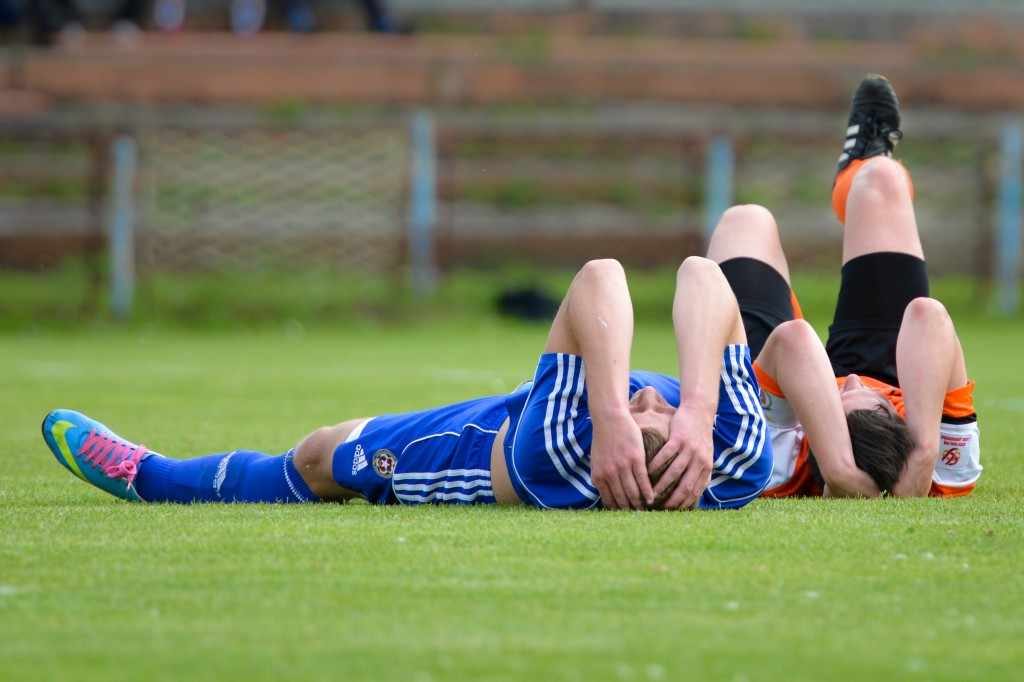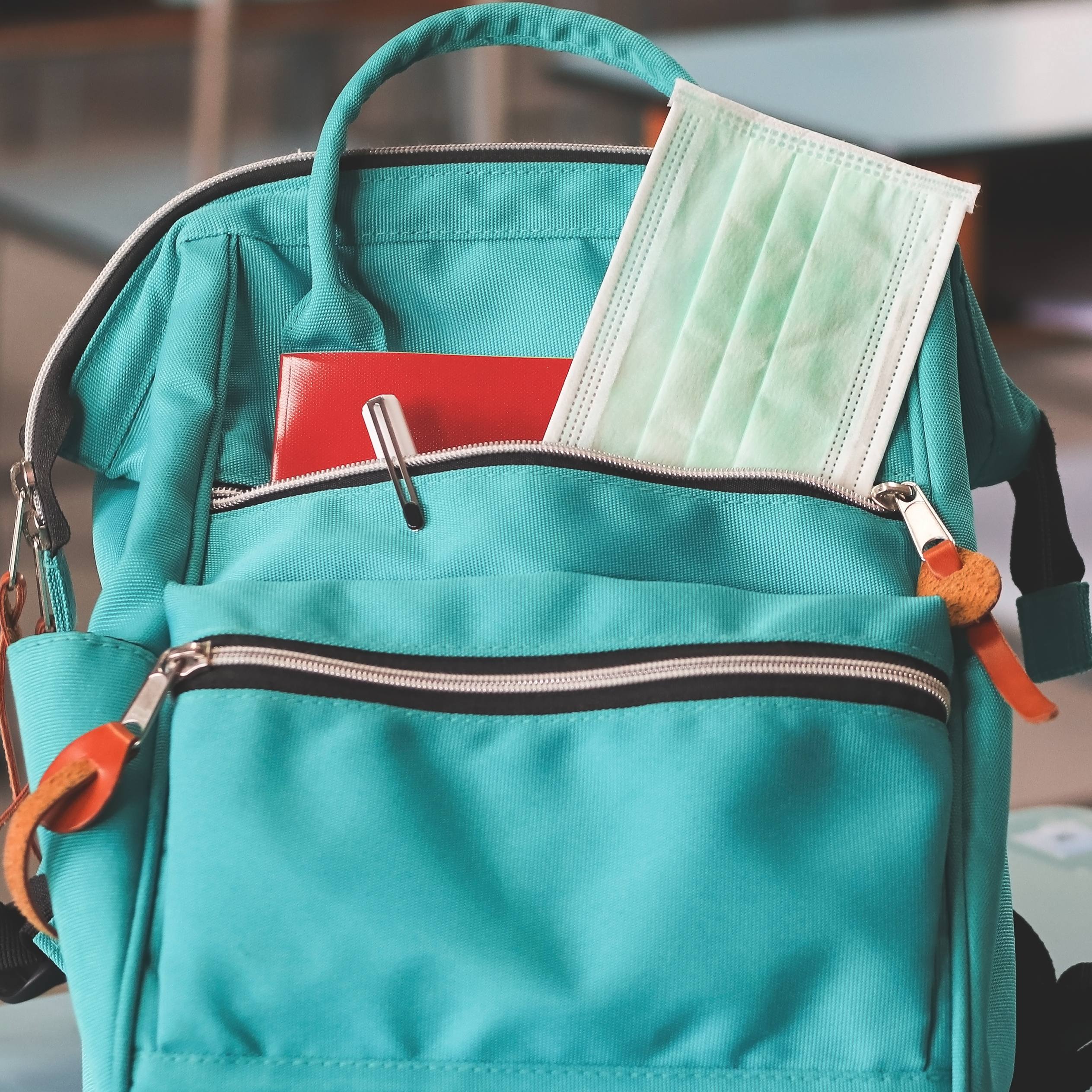-
Mayo Clinic Q and A: Help with sports injuries

DEAR MAYO CLINIC: I am an athletic director at a middle school, and a new school year is almost here. I anticipate seeing an increase in sports-related injuries from soccer, football, cheerleading, flag football and other activities. Young athletes get plenty of bumps and bruises, but how can they avoid injuries? Any advice on how long they should sit out before getting back on the field or in the game?
ANSWER: Sports are such a fantastic opportunity for young people. Sports provide not only physical health benefits, but also social, emotional, mental and educational benefits. When comparing those who participate in youth sports against those who do not, young athletes have lower rates of anxiety and depression, improved self-esteem, decreased substance use, improved life skills, higher academic achievements, and overall higher quality of life.
However, participation in sports comes with potential risks, including injury. Young athletes have different injuries since they are still growing and are more vulnerable to injury. Certain sports come with the risk of common injuries, but any injury can occur in almost any activity.
Types of injuries include traumatic injuries and overuse injuries.
Traumatic injuries
Traumatic injuries are typically sudden and caused by a twist, fall or collision. These injuries typically occur when the player is interacting with the sporting environment. Common examples are fractures of bones, sprains of ligaments, strains of muscles and tendons, and cuts or abrasions of the skin. Other injuries, like concussions or those affecting other organ systems, are less common.
Traumatic injuries are more difficult to avoid. For example, some sports, like football, have numerous intentional collisions per game, creating an increased risk for injury. Soccer has less collisions, but it still has significant potential for body parts to get hit or twisted. This means athletes are predisposed to lower extremity, head and neck injuries.
Sometimes these injuries occur simply from stepping or running on an uneven surface. Other sports, like cross-country running, cheerleading and dance, do not have the same volume of traumatic injuries. But they have risks of falls and broken bones.
Some strategies that can be considered to decrease the risk of traumatic injury include:
- Initiate injury prevention programs.
Certain movement patterns or weakness can increase the risk of injury. Screening tools can look at movement patterns and try to predict risk for injury. Programs are looking to prevent injuries. For example, several programs are looking to prevent ACL tears. A sports medicine professional can guide you to resources for screening and prevention. Also, consider programs for injury prevention at community hospitals and health care organizations. - Wear the proper equipment and ensure it's well-fitted.
Many sports have equipment such as helmets, mouthguards, eye protection, pads, braces and guards. This equipment is designed to protect athletes from injury. If not worn properly, this equipment often is ineffective. School athletic trainers, medical professionals or league officials can assist with fitting resources. - Ensure student athletes follow the rules of the game.
Many sports have rules in place to protect young athletes from injury, including those that prohibit spear tackling in football or illegal checking in hockey. Following the rules and promoting rule changes for safety can decrease the risk of injury. - Fully rehabilitate prior injuries before starting or returning to sports or activity.
Even a simple ankle sprain if not rehabilitated properly can become problematic. It is important that an injured athlete work with someone with knowledge of injury rehabilitation before returning to play. It has been shown that injuries to one part of the body can increase risk of injury to other parts of the body, so take all injuries with precaution and ensure a safe to return to sport. Seek out a professional with sports experience.
Overuse injuries
Overuse injuries occur gradually over time, often when a certain motion or stress is repeatedly placed onto certain structures of the body. This, combined with inadequate rest and recovery, results in injury. Some examples of this include stress fractures; tendonitis and tendinopathy; and apophysitis, which is a stress injury to growth centers in bones.
Like traumatic injuries, certain sports pose a higher risk for certain overuse injuries than others. Runners have a higher risk for lower extremity overuse injuries, and tennis players, swimmers and baseball players have a higher risk for upper extremity overuse injuries. Overuse injuries are more preventable, as they are commonly the result of training errors or excessive load or stress placed onto a specific body part.
Some strategies that can be considered to decrease the risk of overuse injuries include:
- Initiate training before the start of the season.
A rapid escalation of training or sudden change in type of training can be a risk factor for developing certain injuries. The tissues have not had sufficient time to accommodate the new demands and are at risk of injury. Progressive training several weeks before the season can prepare student athletes for the higher demands of the season. - Ensure proper hydration and nutrition.
Inadequate energy and hydration are risk factors for injury. For example, in cross-country or dance, athletes have high energy expenditures with relatively lower energy intake. This increases the risk for injury, specifically stress fractures. - Follow recommendations for rest and training.
Inadequate rest or excessive training increases the risk for injury. More is not always better. Those who participate in sports year-round, or every day of the week, are at higher risk of injury, compared to those who have periods of rest. - Listen to your body.
There is a difference between pain and injury. However, most pains like muscle soreness should improve over time or with rest. Pain that persists is a clue to the body about a more concerning injury. Student athletes may be hesitant to come forward and mention concerns, so it is always valuable to talk to youth and encourage them to say something if they are not feeling well.
Despite best efforts to decrease risk, an injury still can occur.
It can be challenging to differentiate between pain and injury, but consider these tips, recommendations for treatment, and guidance to decide when student athletes can step back onto the playing field:
A medical evaluation is necessary for an injury if:
- Pain is of high intensity, does not improve with rest or worsens over time with activity.
- The injury causes loss of function, such as inability to walk, throw or move a body part fully.
- Injuries present with an obvious deformity or significant swelling.
- Injuries result in the loss of enjoyment in sports or the inability to continue training.
After an injury, take these initial steps:
- Rest and avoid painful activity. Allowing the tissue to heal is important.
- Use ice, elevation, compression and over-the-counter anti-inflammatory medications if needed to manage pain and decrease swelling and inflammation.
- Work to maintain pain-free movement patterns, which avoids stiffness and atrophy. This ultimately aids in a quicker return to sport.
- Talk to a sports medicine specialist about ways to expedite recovery.
Return-to-play considerations:
Each injury and athlete are going to be different, and I always recommend following the advice of a medical professional. However, before athletes return to play, they should have minimal or no pain; a full range of motion; be back to full strength; and, most importantly, be able to safely do specific activities and meet the demands of the sport. I also tell my patients: When in doubt, sit out.
Sports can bring many benefits to youth athletes. With the proper training, reminders and coaching, hopefully this school year will bring less injuries. If you have students with significant issues, consider referring them to a Sports Medicine practice to help with recovery and personalized development. — Dr. David Soma, Pediatric and Adolescent Medicine and Sports Medicine, Mayo Clinic, Rochester, Minnesota







